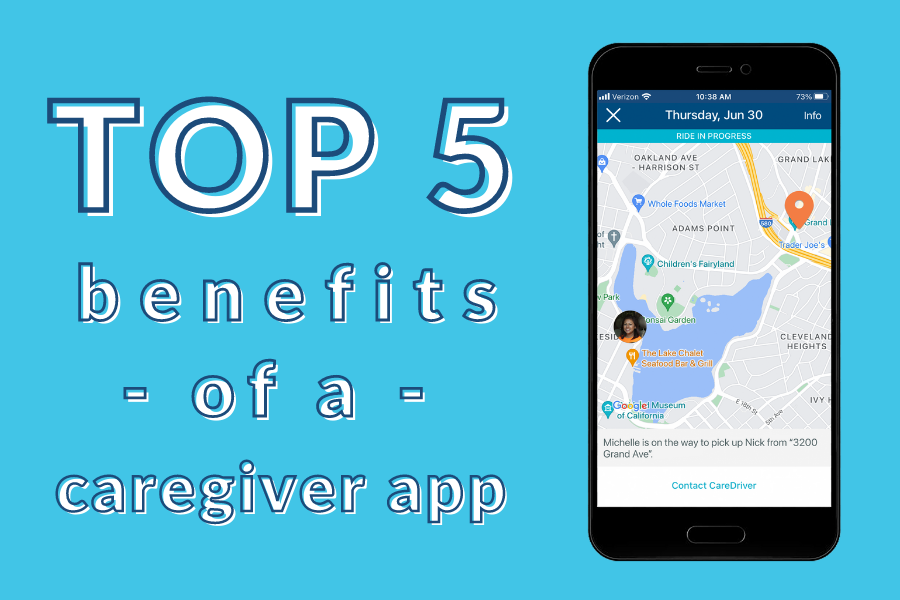Q & A with School Transportation Veteran Theresa Anderson

One of our Safety Advisory Board members, Theresa Anderson, has truly done it all when it comes to school transportation. Starting as a bus driver, she moved through the ranks of several large Colorado school districts to become Central Director.
With 30 years in the industry, Theresa is a frequent presenter and instructor at local, state and national conferences, and she is also Writing Chair of General Operations for National Congress School Transportation (NCST). She is currently the Region 5 Director for the National Association for Pupil Transportation (NAPT) and a Trustee for the Colorado State Pupil Transportation Association (CSPTA). She co-authored the 2005 book “White Knuckle Rides,” published by Edupro Group.
She now owns TM Anderson Consulting, LLC, where she specializes in operations optimization with an emphasis in special education, Medicaid and alternative transportation.
Utilizing her school transportation background and her business and marketing degrees, she looks at the entire operational and educational experience.
Theresa feels that transportation should never be a barrier to any student accessing their education. Fun fact: she always maintains her CDL so she can understand what it’s like to be in the driver’s seat.
Below, find out more about Theresa, in her own words.
Can you describe your start in student transportation What drew you to this career path?
I started in the industry because I needed a good job with benefits. Now I’ve been here for 30 years and I am dedicated to my work in student transportation.
Anyone in our industry will generally state the same thing: It gets into your blood and you bleed yellow.
When you take a moment and truly reflect on how many young lives and families you had a positive impact on, it is staggering.
As you moved up the ranks, what did you want to change about student transportation?
I wanted to change the perception of our student transportation team. Most people don’t understand the initial training, tests and continued training required of school bus drivers. While so many depend upon bus or van drivers and aides, they are generally not thought of as part of the educational process.
In fact, a school bus driver starts the day for the student and can set the tone for how the student feels getting to and from school.
How did you set about achieving that shift in perception?
I worked with transportation professionals to help them realize their worth, create a personal brand and speak to it through training and workshops. It takes student transportation staff to achieve that shift by sharing the work we really do.
How was alternative transportation part of your student transportation plans?
Realizing the demands to include various unfunded mandates, it became apparent we needed to ensure transportation is not a barrier to education. I had to think differently about using alternative solution partners. I want children to be in school, receiving an education, and that may not happen without additional solutions.
When you looked for an alternative school transportation solution, what were your top criteria?
Complete background checks
Safety
Training
What were parents most concerned about when it came to alternative transportation solutions?
Not knowing who is driving their child to school, and the perception that drivers weren’t heavily vetted.
What made you want to get involved with HopSkipDrive?
Realizing our world has changed and though we firmly believe in the yellow bus, it’s not a reality that it works for every student. Admitting this new norm was hard at first.
After I saw the benefits of alternative transportation, I made the decision to lend industry knowledge as well as training and safety mechanisms to elevate alternative services to those of state and district standards.
The leadership team at HopSkipDrive is amazing. When I looked at their backgrounds, with a majority having direct ties to education, it confirmed the mission and passion of HopSkipDrive to remove the barriers to student education.
How are you involved and what do you hope to achieve during your time with HopSkipDrive?
I’ve worked with various teams, sharing research and having honest dialogue on federal, state and district requirements. Now, I’m on the Safety Advisory Board, where I get to add to the dialogue around safety innovation and guidelines.
I want the industry to trust that students using HopSkipDrive will be transported safely and efficiently. I also want districts, parents and state leaders to know HopSkipDrive meets and in many cases exceeds the requirements of care, safety and education of our drivers in relation to their district guidelines.
Alternative student transportation is another piece that helps alleviate chronic absenteeism and increases graduation rates.
You’re a student transportation expert. With all your experience, can you share what you feel HopSkipDrive is doing right?
It starts with the vetted background verification processes. Not only must they meet driving and background checks, HopSkipDrive requires five years of caregiving experience and direct experience with children.
In addition, the training and ride visibility is exceptional. There are more checks and balances than in many school districts.
What does HopSkipDrive do differently?
HopSkipDrive makes sure to know who their customer is. While observing CareDriver onboarding, all the candidates that I met were exceptional. At one point during the day, I even commented that I would have been thrilled to have this applicant pool for school bus drivers.
Would you recommend other districts use HopSkipDrive for their transportation needs? Why?
Yes. Driver shortages are not going to change. We have been so good for so many years at making things work that, in all honesty, the options have been exhausted.
For instance, it is not uncommon for staff to drive the school bus every day when a bus driver calls out sick — this limits the time they can spend performing their actual job duties. This removes mechanics from their bays, operations staff from customer concerns and service, and minimizes the time training can occur.
We need to not only assure students are in school, but it is also time for us to realize we can’t do it without partners like HopSkipDrive. It doesn’t mean we won’t do what is requested, it really means we can’t.
What’s your advice for transportation directors working to ensure safe transportation for all students?
Know your requirements — district, community, state and federal. From there, make sure communication between all parties is clear and concise.
And know that it’s alright to admit “I cannot do this (or that) anymore.” It’s not a failure on your part, but recognition of a new norm. School transportation, like anything else in education, has to evolve with the times.


